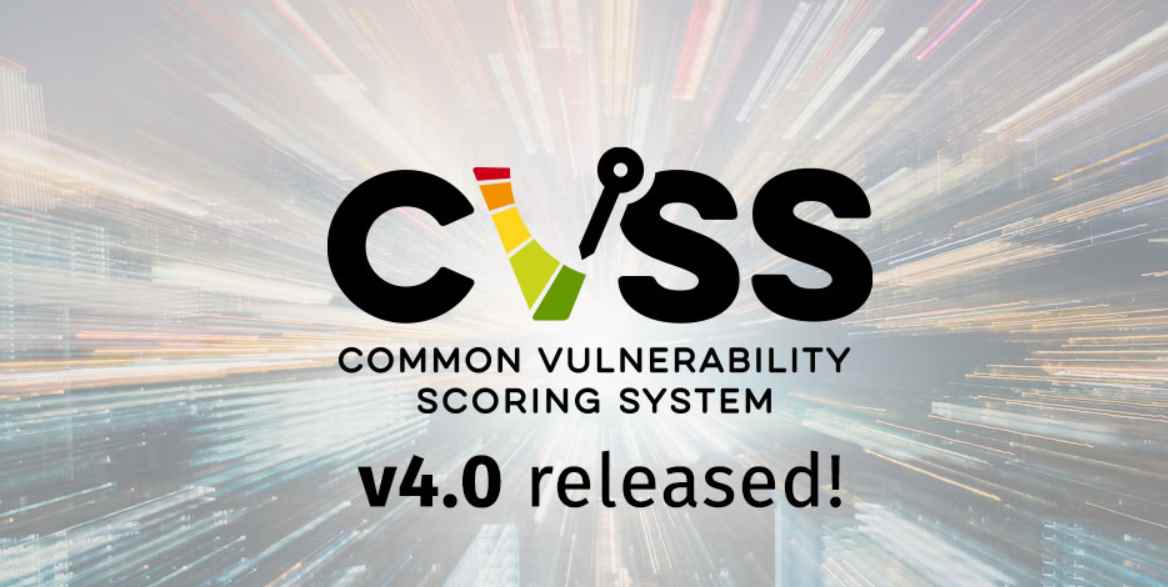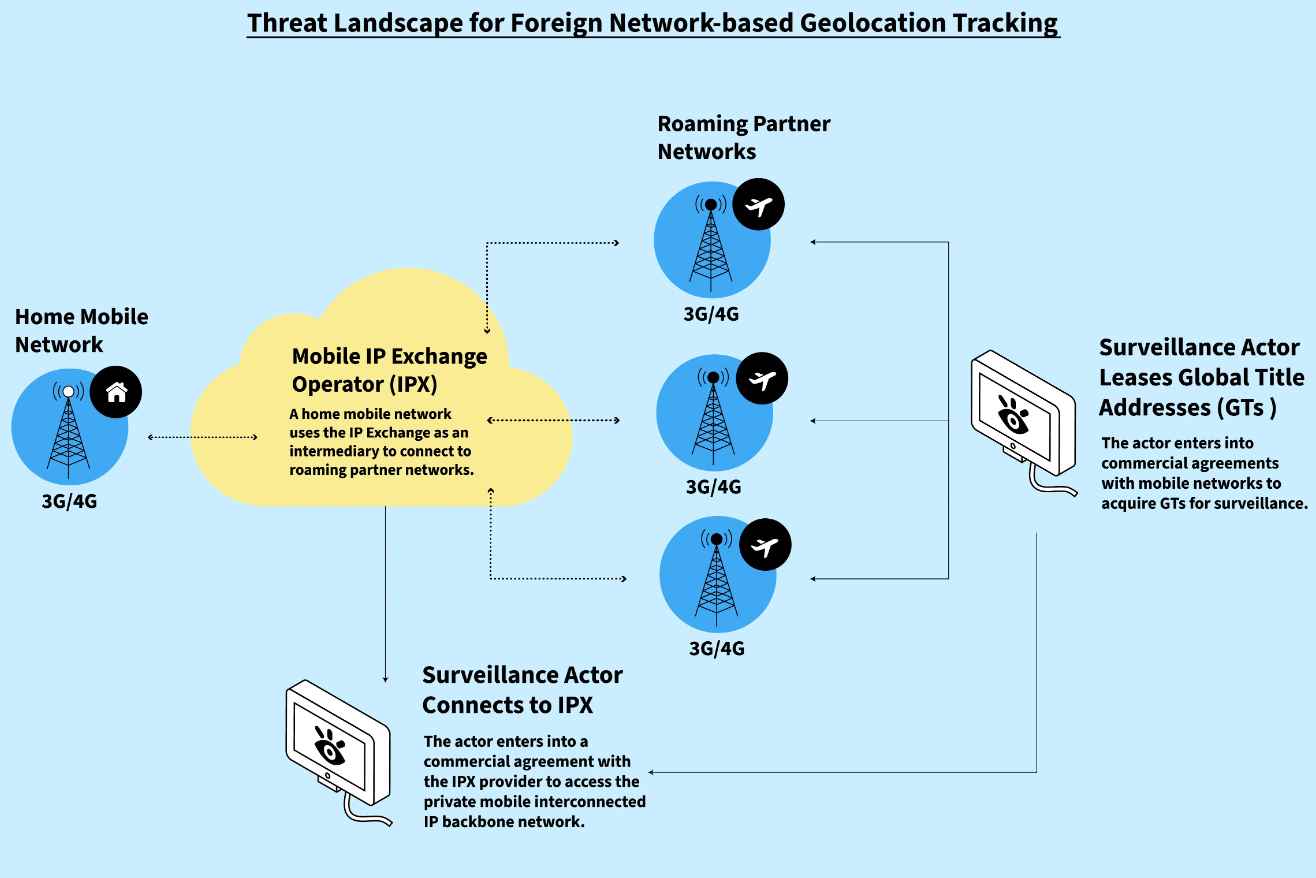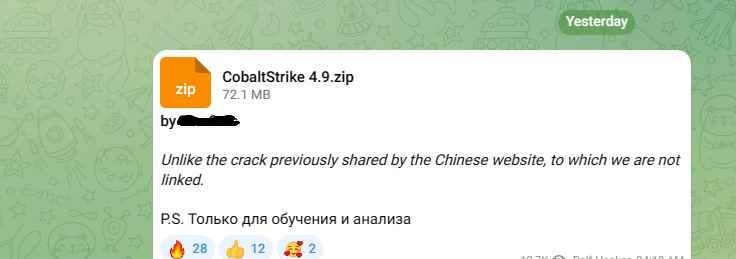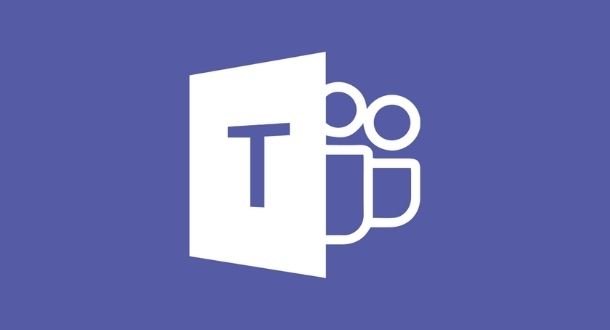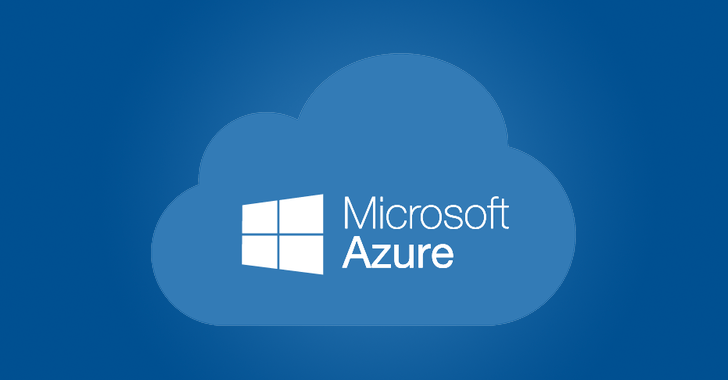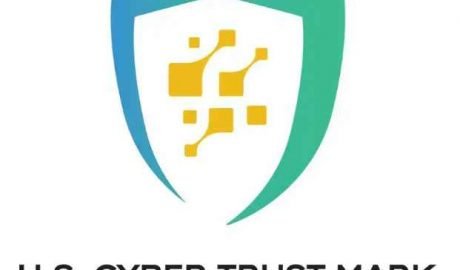CVE-2023-4911 is a serious security vulnerability within the GNU C Library (glibc), specifically in the dynamic loader ld.so, associated with the processing of the GLIBC_TUNABLES environment variable. This vulnerability has been exploited in cloud attacks, particularly by a group using the Kinsing malware for cryptojacking operations.
The flaw is a buffer overflow that can be exploited by a local attacker using specially crafted GLIBC_TUNABLES environment variables when launching binaries with Set-UID (SUID) permissions, which could potentially allow the execution of code with elevated privileges. The Qualys Threat Research Unit has been credited with discovering this vulnerability.
This vulnerability has been given a severity score of 7.8, which classifies it as high severity. Exploitation of this flaw could enable an attacker to gain root permission on a Linux system that is running a vulnerable version of GLIBC, specifically version 2.34 or similar.
The issue has been noted to impact major Linux distributions, and organizations that use Linux systems, especially in cloud environments, are advised to patch this vulnerability promptly to mitigate the risks associated with it.
Exploit
To exploit CVE-2023-4911, threat actors would typically follow a sequence of steps that hinge on local access to a vulnerable system. The exploitation process can generally be broken down into the following stages:
- Initial Access: First, the attacker needs local access to a system that runs a vulnerable version of the GNU C Library, specifically where
ld.sois affected by the buffer overflow. This access could be obtained through various means, such as compromising a low-privileged user account. - Crafting Malicious Input: The attacker crafts a malicious
GLIBC_TUNABLESenvironment variable. This variable is meant to be used for tuning performance and behavior aspects of the GNU C Library, but when crafted maliciously, it can trigger a buffer overflow. - Exploiting the Buffer Overflow: By triggering the buffer overflow, the attacker aims to overwrite certain areas of memory. This could be the stack, the heap, or other memory locations, depending on how the dynamic loader (
ld.so) is handling the environment variable. - Injecting Code or Redirecting Execution: The overwritten memory could include the injection of malicious code, or it might alter the execution flow of the process to jump to code that the attacker controls. Typically, this would be shellcode—a small piece of code that launches a shell or another control mechanism.
- Elevating Privileges: If the process being exploited has SUID permissions, it runs with the privileges of the owner of the file, often root. By exploiting such a process, the attacker can execute their code with elevated privileges, effectively gaining root access to the system.
Here’s a hypothetical example:
- Alice is a system administrator for a cloud service provider that uses Linux servers.
- Bob is a threat actor who has managed to gain access to a low-privileged account on one of the Linux servers due to a weak password.
- The server runs a version of GLIBC that is vulnerable to CVE-2023-4911.
- Bob writes a malicious
GLIBC_TUNABLESvariable and uses it in conjunction with a vulnerable application that has SUID set to run as root. - When the application runs, the malicious variable causes a buffer overflow in
ld.so, which Bob exploits to redirect the application’s execution flow to his shellcode. - Bob’s shellcode is executed with root privileges, giving him full control over the server.
- Now with root access, Bob could install persistent backdoors, exfiltrate data, or use the compromised server for further attacks.
It’s important to note that exploitation of CVE-2023-4911, like many vulnerabilities, requires specific conditions to be met and often sophisticated knowledge of software internals, memory layout, and exploitation techniques. The exact details of the exploit can vary based on the system’s configuration, the attacker’s goals, and the environment variables involved.
The Aqua Nautilus team documented an attack by the Kinsing malware that exploited CVE-2023-4911 to elevate permissions on a compromised machine. Here’s how they described the exploitation process:
- Initial Access: The attackers gained initial access by exploiting a PHPUnit vulnerability (CVE-2017-9841), allowing them to download and execute a Perl script to open a reverse shell on the compromised machin.
- Manual Testing: The Kinsing attackers manually tested shell commands on the compromised systems. These commands included gathering system information, starting an interactive shell session, and creating a directory in
/tmp. - Downloading Exploits: They downloaded a script named
gnu-acme.py, which was an exploit for the Looney Tunables vulnerability (CVE-2023-4911), allowing for local privilege escalation by exploiting a buffer overflow in the handling of theGLIBC_TUNABLESenvironment variable byld.so. - Executing Additional Exploits: After this, they fetched and executed an obfuscated PHP exploit, which, upon de-obfuscation, turned out to be a JavaScript designed for further exploitative activities. This resulted in a web shell backdoor that allowed them to maintain unauthorized access to the server.
This attack demonstrates the attackers’ sophisticated capabilities in chaining vulnerabilities to penetrate cloud environments, gain unauthorized access, and elevate privileges within the system.
Kinsing aims to gather CSP credentials, potentially exposing sensitive data, like AWS instance identity, which poses risks in cloud environments.
Here below, we have mentioned all the types of credentials and data that could be exposed:-
- Temporary Security Credentials
- IAM Role Credentials
- Instance Identity Tokens
Mitigation
To mitigate an attack exploiting CVE-2023-4911, you should take the following steps:
- Patch the Vulnerability: Update the GNU C Library (glibc) to the latest version that includes a fix for CVE-2023-4911.
- Limit Access: Restrict local access to essential personnel and services, minimizing the number of users who can potentially exploit the vulnerability.
- Monitor for Suspicious Activity: Implement monitoring tools to detect unusual activity, such as unexpected changes to environment variables or unauthorized processes trying to gain elevated privileges.
- Harden Your Environment: Follow best practices for system hardening, such as disabling unnecessary services, closing open ports, and using tools like SELinux or AppArmor for enhanced security.
- Regular Security Audits: Conduct regular security audits to identify and remediate misconfigurations or unnecessary privileges that could be exploited.
- Use Security Tools: Employ security solutions such as intrusion detection systems, firewalls, and anti-malware tools that can detect and prevent exploitation attempts.
- Educate Staff: Train staff to recognize phishing attempts and other forms of social engineering that could lead to local access being compromised.
- Incident Response Plan: Have an incident response plan in place that includes procedures for dealing with suspected breaches, including how to contain and eradicate threats.
- Backup Regularly: Maintain regular backups of critical data to ensure that you can restore systems to a secure state if necessary.
By following these steps, you can significantly reduce the risk of exploitation and mitigate potential damage from attacks like those involving CVE-2023-4911.

Information security specialist, currently working as risk infrastructure specialist & investigator.
15 years of experience in risk and control process, security audit support, business continuity design and support, workgroup management and information security standards.



